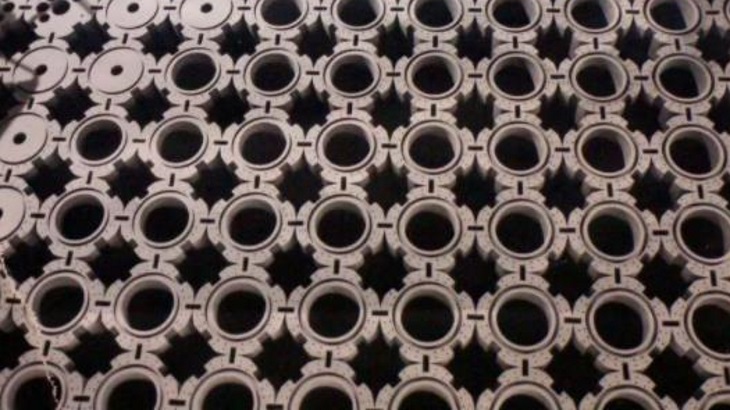Permission for the restart, which ONR says follows extensive scrutiny of EDF’s safety case, is for up to a total of 16.7 terawatt days for Reactor 3 and 16.52 terawatt days for Reactor 4 - about six months of operation for each reactor. The ONR’s assessment focused on whether cracking observed in the graphite bricks that form the reactor core could compromise the key nuclear safety requirements.
These are that: the graphite core will not impede control rod entry, thereby ensuring that the reactors can be safely shutdown and held down, both under normal conditions and during or following fault conditions including seismic events; fuel and core component cooling remains adequate both under normal operating conditions and during or following fault conditions including seismic events; and, fuel handling risks due to graphite core cracking remain acceptable.
Donald Urquhart, ONR's executive director of operations and deputy chief inspector, said: "Our specialist inspectors scrutinise each safety case in great detail to ensure the safety of workers, local residents and the wider public. As the UK's independent nuclear regulator, we will only allow nuclear facilities to operate if we are satisfied that it is safe to do so. I am satisfied that the evidence provided by EDF, which has been assessed by our team of specialist inspectors, demonstrates that Hunterston B's Reactors 3 and 4 are able to operate and shut down safely during this period of operation."
Hunterston B started operations in 1976 and in 2012 EDF extended the generating life of the plant to March 2023, with a two-year proviso either side of that date. Hunterston Reactor 3 (also known as B-7) and Hunterston Reactor 4 (B-8) were taken offline when cracks were found during routine inspections. EDF has said it still expects the Hunterston plant to close in 2023.
Graphite bricks are used in the core of all of the UK's Advanced Gas-Cooled Reactors. They act as a moderator, helping to keep the nuclear reaction going, and perform an important safety function.





_18570.jpg)
_16159.jpg)
_18938.jpg)
_33584.jpg)





